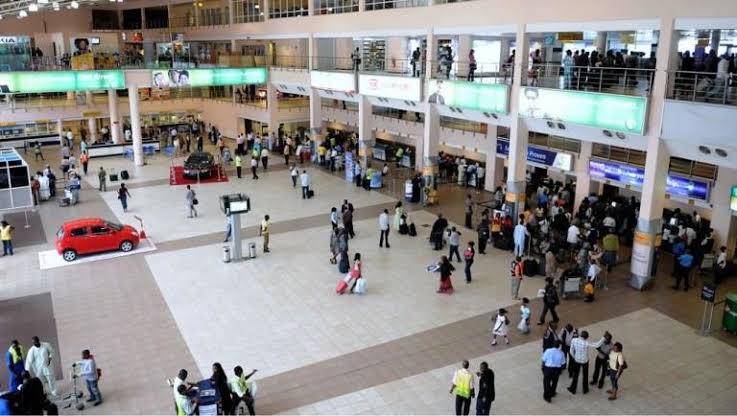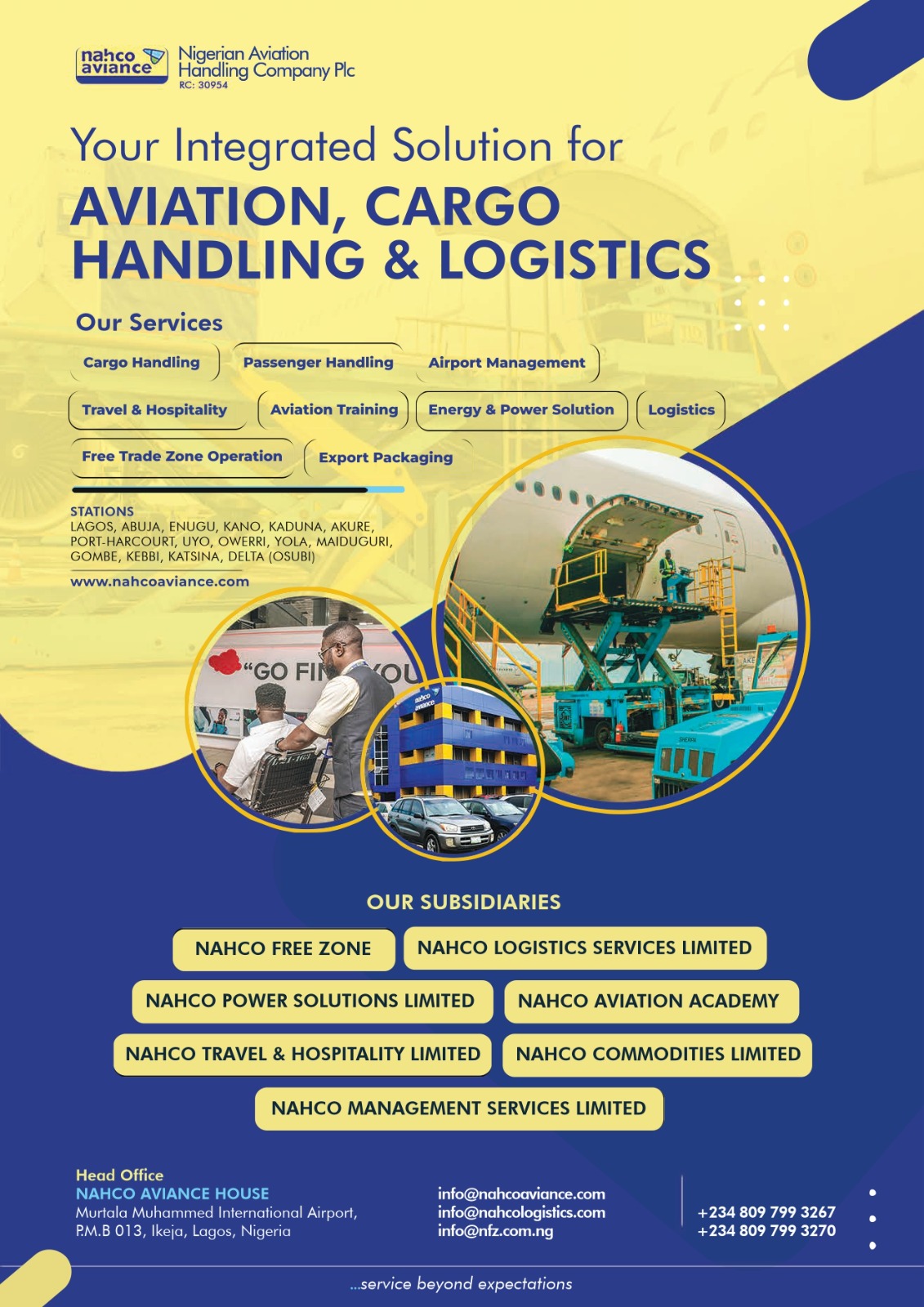Kelechi Deca, writes on the need for Nigeria airports to move with the worldwide trend from just being mere terminals to centres of attraction. He expressed his views in his Facebook page as captured by Transport Day.
With the shift in airport concept in the last 10 years where managers of airports sought to create an immersive passenger experience such that passenger comforts tops priority that’s why airports have incorporated lots of activities to keep passengers engaged while they wait for their flights because traveling can be both psychologically draining and physically exhausting.
From comments, it is apparent that many people have not been paying attention to changes in airports across the world in the last decade.
Yes, airport dining is expensive globally, but airport dining is different from airport food, the exclusivity and ambience provided in some enclosures and lounges makes this classification clearer.
And many airports have been able to establish this distinction over the last few years by bringing in fast foods outlets, snacks bars, snacks kiosks and street food into the airport to cater for passengers on the move, and also those who may not afford lounge dinning.
Reducing rent fees and also diversifying ownership of rent spaces has helped in reducing cost of food at airports. In many European airports, a single company controls food court spaces which affects prices, but passengers can still get affordable snacks at even bookshops and coffee shops.
In the United States, this year alone, I sampled four airports across four regions and found one can get snacks and sandwiches at street prices. Even bottles of water were around $2 which are not different from what CVS or Walgreens and other street shops sell.
Asians are ahead in this curve with street food which not only brings zest into the airport but also improves experience. From Shanghai Pudong International to Incheon Seoul, Changi Singapore, Hong Kong International and most especially Suvarnabhumi International Bangkok, the story has changed. Very affordable street food is the game. And they come with street vibes too.
In Africa, one can get things like chocolates at very good rates compared to street prices at Jomo Kenyatta International. Addis Ababa Bole sells great coffee at comparatively good prices compared to street costs. Oliver Tambo Johannesburg offers good rates too for street floods. What I found across Africa is that countries with thriving airline industry seem to have airports with better customer experiences.
That’s why there has been an explosion of food shops across airports in the last few years. Traveling through Turkey’s Istanbul Havalimani, with Kebab street foods all over the place and convenience of space was the reason behind Travel & Leisure readers voting it as The Best.
FAAN should reduce rents, open more spaces for more vendors and make our airports lively.
The two miserable outlets we have at MMIA Lagos terminal 2 are apologetic.
What an Airport Should be (1)
I read one article in a travel journal I picked from a plane two years ago, and the writer succinctly captured my mind.
He wrote that “he best processes in an airport are those that passengers don’t notice. If your passengers are noticing your processes, chances are they are complaining about them. But when processes are well managed passengers simply forget they are there.”
He added that “there is no point in having the shortest queues in the world. The best airports simply make sure that their processes are good enough to avoid creating any stress for passengers, enabling them to focus more time and energy elsewhere”.
The problem with Nigeria and most of Africa is that we pay too much attention on intangibles especially when it comes to picking people who run the show.
They will ask me if I have a PhD in Travel Management. Yet the man with a PhD in travel management has not travelled to five countries. From where would he get practical experience, knowledge or observation of how things work?
You can’t have airport managers that have not traveled wide to see what the best practices are across the world. You can’t have managers of handling section who have no idea of how possible it is to turn around a basic B737 under tight scheduling. And you can’t have supervisors who can’t keep a rest room clean enough that someone can comfortably eat there.
That is why airports aspiring to be great should first dream to be good, and being good means getting the basics right. It doesn’t make sense to have a theme park in the terminal when you can’t clean the toilets.
In the last decade or so, there has been a shift in airport designs and management to make them more passenger-centric. That’s why focus is on which aspects are most important to the passenger journey.
And the basics have to do with having clean terminal and clean, and scented toilets, having comfortable gate areas -what we have at the International airport Lagos are apologies.
Airports should have warm and friendly staff, not those that greet you happy Sunday sir, not beggars or extortionists and above all, simple wayfinding- the new terminal in Lagos requires a staff to lead passengers from the upper level to the lower level before boarding as if leading the blind.
These are the basics every airport should have before thinking of stepping on the higher ground of creating magic for the passengers.
All over the world, airports are being designed and redesigned in ways that even if a passenger misses his flight, the disappointment and pain is mitigated by a friendly welcoming atmosphere that makes the person want to spend time at the airport
Creating ambience is not just about artwork, colours and plants even though those are important but a super ambient environment is all encompassing. From shops to restaurants, to bookshops, coffee bars, snacks bars, free sitting areas and also quiet areas for relaxing, and having cool conversation away from the noise.
All these add great values and make the passenger experience quite memorable. Have you noticed the two things they call restaurants at the new terminal in Lagos? I’ll write a whole new post on the role of food and relaxation spots in improving passenger experience.
If you ever make the mistake of passing through Singapore’s Changi International you’d see efforts by human beings like you and me to make things work at extremely excellent levels. That’s why if you return there after say a year, you’d have a different experience because they fully employ the Japanese management philosophy of Kaisen- continuous improvement.
With amenities such as a synthetic ice rink, a historical museum, theatres, spas, an outdoor pool, over 300 shopping outlets and even a beautiful green butterfly garden replete with flowing water et al. The airport had been designed to take the stress out of travel and long-haul journeys, and it certainly succeeds in doing that.
Ditto to Seoul’s Incheon International Airport that practically takes you to a Korean culture museum without stepping out of the airport, several shopping outlets, an observation deck offering panoramic views of the city beyond and about five different gardens on its premises.
Let’s not talk about Tokyo’s Narita and Haneda International airports where seamlessness is on two legs walking around in perfect sync.
These examples are what Qatar’s Hamad International and Dubai looked up to and worked hard to match. That’s why they joined that league. We all saw what Turkey did with it’s world class new terminal. They simply brought the streets of Istanbul into the airport such that without stepping out, you have the feel of the city.
Don’t expect any changes as long as our aviation parastatals, and regulatory agencies focus more on revenue generation than regulation.













